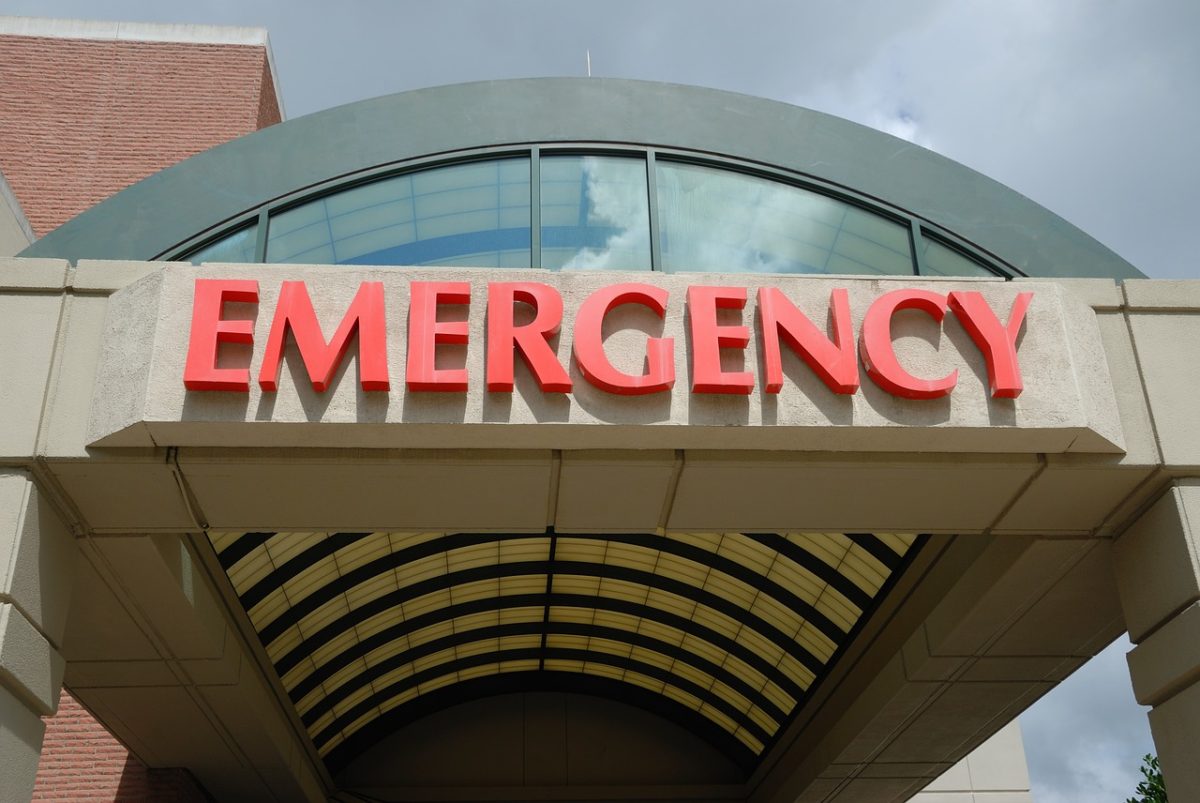KUALA LUMPUR, Nov 27 – The Ministry of Health (MOH) has acknowledged long queues for non-critical patients in the emergency departments of government hospitals due to work overload.
“After screening, the time period for the patient to be treated is based on that category where for the Red (critical) category, the patient will be seen and treated immediately, the Yellow (semi-critical) category will be seen in less than 30 minutes, while the Green category (non-critical) is less than 90 minutes,” said Health Minister Dzulkefly Ahmad in Parliament yesterday.
“This time frame is the standard set in each Emergency and Trauma Department (ETD) at MOH hospitals. However, with the increasing workload in the Emergency and Trauma Department, the issue of waiting time especially for the Green category remains.”
Dzulkefly added that every hospital is committed to ensure comfort for these patients as they wait for their turn to be examined by a doctor.
“Currently, each Emergency and Trauma Department provides chairs for patients while waiting for their turn to receive treatment; and the beneficiaries accompanying the patient are expected to give priority to the patient. Other infrastructure such as toilet facilities are also provided and cleaning work is carried out by the concessionaire,” he stated.
Dzulkefly promised yesterday to consider restructuring more funds for emergency services.
The National Audit Report 2018 Series 1 audit report, cited, among others, workload constraints faced by government hospitals, coupled with a lack of medical equipment, limited space, and poor ICT systems as factors for patient congestion in the ETDs.
According to the Auditor-General, only 58.7 per cent to 74.5 per cent of patients in critical emergency cases were treated in less than four to six hours, amid an increase in patient arrivals of up to 95.6 per cent at the ETD in government hospitals, especially for non-emergency cases.
Besides this, ETDs also reportedly experienced a deficit of 11.6 per cent to 53.1 per cent in terms of workforce required based on the Workload Indicators of Staffing Need 2010, according to a Bernama report.
The audit report further cited the lack of emergency care experts by between 75.6 per cent to 79.5 per cent, medical personnel (41.2 per cent to 64.6 per cent), assistant medical officers (2.6 per cent to 33.9 per cent) and trained nurses (17.4 per cent to 67.1 per cent).








